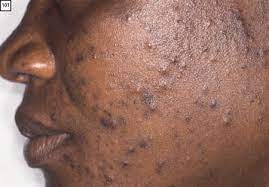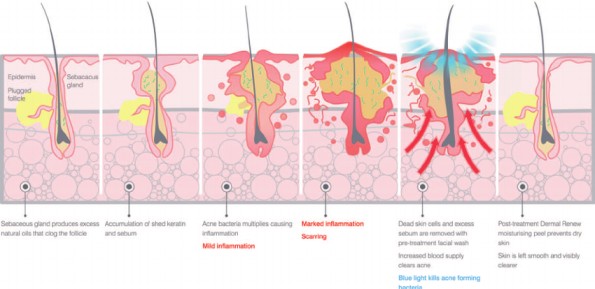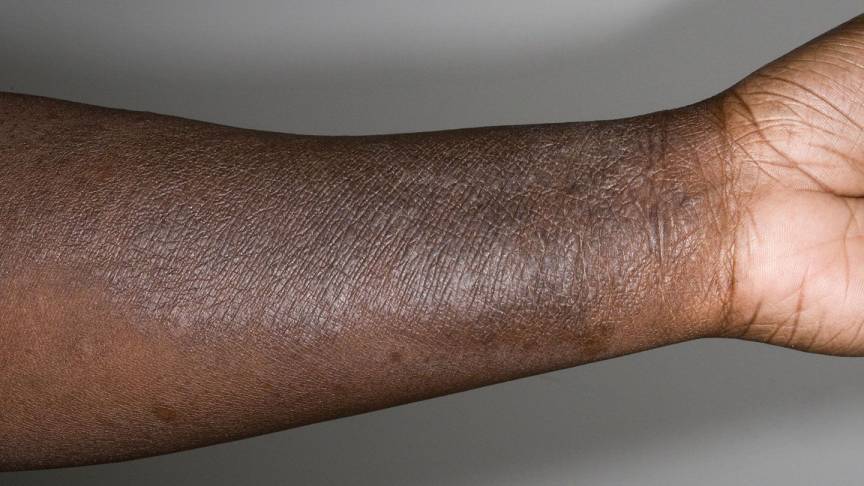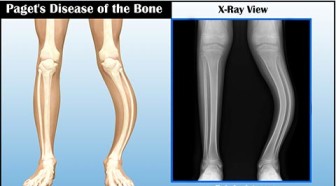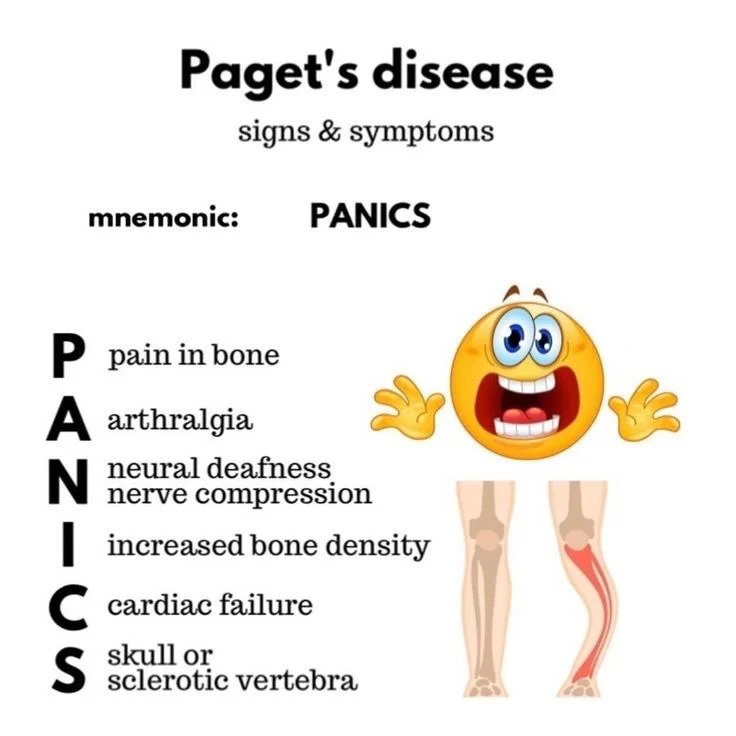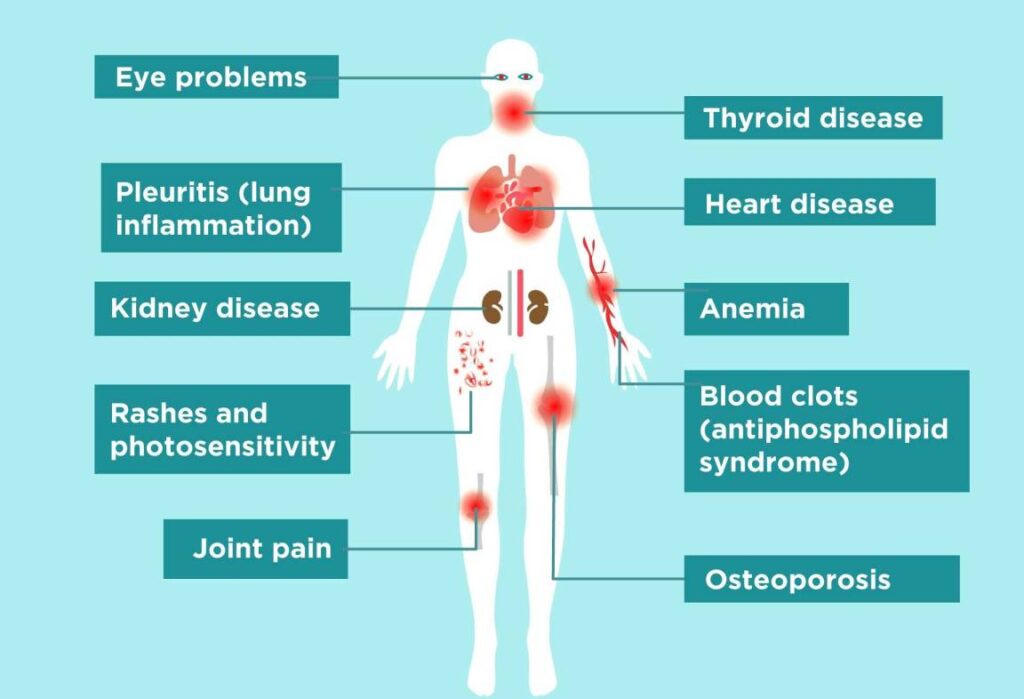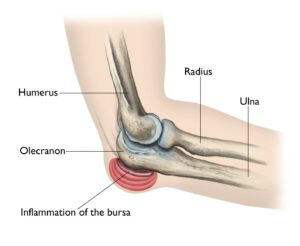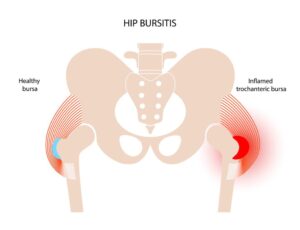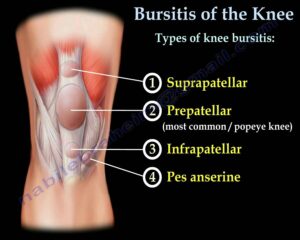Psoriasis
Psoriasis
Psoriasis is a chronic non contagious auto immune disease of the skin in which the epidermal cells are produced at an abnormal rate.
It results from over production of immature epidermal
cells. It affects many parts. Its cardinal sign is scaly skin that looks like silver fish which may not go away with rubbing.
Causes of Psoriasis
Psoriasis is caused by complex interactions between genetics, the immune system, and environmental factors. These include;
- Immune reactions.
- Genetic factors.
- Infections like strep throat, Streptococcal infections
- Injury to the skin such as cut or scrape.
- Stress.
- Smoking.
- Heavy alcohol consumption.
- Vitamin D deficiency.
- Medications including high blood pressure medications and antimalarial drugs and lithium.
- Withdrawal systems of oral or systemic corticosteroids
- Cold weather and dry conditions
Clinical Presentations
- A long-term history of erythematous, scaly area, which may involve. multiple areas of the body.
- Recent streptococcal throat infection, viral infection, immunization, use of antimalarial drug, or trauma.
- Pruritus (especially in eruptive, guttate psoriasis)
- Red scaly, white patches
- Small scaling spots mostly in children
- Dry, cracked skin
- Ocular symptoms include redness and tearing due to conjunctivitis or blepharitis
- Pain, which has been described by patients as unpleasant, superficial, sensitive, itchy, hot, or burning.
- High fever in erythrodermic and pustular psoriasis
- Pitted or cracked nails, Dystrophic nails
- Avoidance of situations requiring social interaction
- Arthralgia: Joint pain without any visible skin findings
- Stiff joints
- Itching sensation

Types of Psoriasis
- Guttate Psoriasis; It is caused by streptococcal infection (pharyngitis or perianal). It appears as small, scaly red, tear-drop shaped called papules. It is mainly seen in children and young adults.
- Postular Psoriasis; Its symptoms include pustules which are yellow, pus-filled lesions. They can be Generalized pustular psoriasis (GPP) which covers many parts of the body, or Localized pustular psoriasis covering smaller areas on the palms of the hands or the soles of the feet.
- Plaque Psoriasis; It is the common form of psoriasis and appears as raised, inflamed, red scaly patches with a silvery-white coating at the top. It can be tender, itchy and painful. They appear on the back, elbows, knees, and scalp.
Erythrodermic Psoriasis;(Psoriatic Erythroderma) Erythrodermic psoriasis is uncommon. It causes severe redness and shedding of skin layers in large sheets.
- Affects >70 % of the body surface area
Erythrodermic psoriasis appears over the entire body and can be life-threatening. Its symptoms include severe itching and pain, changes in heartbeat, fever, dehydration and changes in the nail texture.
Diagnosis / Investigation
- History, age, family history of psoriasis, past medical history from streptococcal infections, bacterial or viral infection.
- Physical examination; Common physical examination findings of psoriasis include erythematous, scaling papules, and plaques.
- Enzyme linked immunosorbent assay (ELISA);
In patients with severe psoriasis, increased levels of Long Pentraxin 3 protein (PTX3) can be observed in plasma and in monocytic cultures by enzyme linked immunosorbent assay (ELISA). - Skin biopsy may be helpful in the diagnosis of psoriasis. Common findings include perivascular and dermal inflammatory cell infiltration, vascular dilation, and absent granular layer.
- Blood test; blood test to rule out any other health conditions relating to the development of psoriasis.
Management of Psoriasis
Nursing management;
- Body hygiene; Bathing daily helps to take off scales and soothes the inflamed skin.
- Apply moisturizers. Moisturizing the skin smooths the roughness and reduces itching and swelling.
- Avoid psoriasis triggers; Find out what triggers your psoriasis, and take precautions to avoid them.
- Care for pressure areas to avoid pressure sores.
- Avoid alcohol consumption; Drinking alcohol may make some psoriasis treatments ineffective. So avoid drinking alcohol during psoriasis treatment.
- Give psychological care to allay anxiety.
- Follow a healthy lifestyle by eating nutritious food and avoiding smoking. Stay away from pollution and dirt because pollution leads to flaring up of psoriasis symptoms. Consult your dermatologists to choose the right type of shampoo or soap, that does not cause any harm to your skin.
- Advise against exposure to sun light.
- Physiotherapy.
Pharmacological management;
First line treatment;
Medicated creams and ointments applied directly to psoriatic lesions can help decrease inflammation, remove built-up scale, reduce skin turnover, and clear affected skin of plaques.
- Apply topical drugs like corticosteroids like betamethasone cream, Vitamin D analogues like calcipotriol
- Topical betamethasone plus calcipotriene 12 hourly for 1 week.
Second line;
- Expose the patient to photo therapy. It has long been recognized that daily, short, non-burning exposure to sunlight can help clear or improve psoriasis.
- Steroids; Triamcinolone topical steroid can relieve psoriasis symptoms such as itching, crusting, scaling, redness, inflammation, dryness, and discomfort. It also serves as a dental medicine (paste) to relieve the discomfort of mouth sores.
- Retinoids; Oral retinoids known as Acitretin are pills to slow down the production of skin cells. Doctors prescribe Acitretin to manage severe cases of psoriasis. Its side effects are dry skin and muscle soreness. They are not allowed during pregnancy or breastfeeding.
- Methotrexate; It is a powerful drug. Prescribed to treat adults with severe, disabling psoriasis that cannot be cured with skin medicines applied or phototherapy. Methotrexate suppresses the overactive immune system that leads to psoriasis.
- Biologics; These are new and strong drugs. They target only that area of the immune system that is hyperactive due to psoriasis. Therefore they cause no damage to other body organs, as compared to other strong medicines.
Psoriatic arthritis
This is a form of inflammatory arthritis affecting people having psoriasis.
Causes/predisposing factors.
- Auto immune reactions.
- Physical trauma
- Microbial infestation.
- Psoriasis.
- Family history.
- Age; affects people with30-50 years of age though any one can suffer from it.
Signs and symptoms.
- It can affect joints on one side or both sides of your body.
- Symptoms almost resemble those of rheumatic arthritis. I.e. hotness, redness, tenderness, swelling, joint stiffness.
However one is most likely to develop;
- Lower back pain.
- Foot pain.
- Swollen finger and toes.
Diagnosis
- History taking.
- Physical examination.
- X ray.
- MRI.
- Rheumatic factor test.
- Joint fluid test.
Management/treatment.
Nursing management;
- Apply moisturizers.
- Use of warm compress.
- Care for pressure areas to avoid pressure sores.
- Ensure general hygiene to do away with funny smells.
- Give psychological care to allay anxiety.
- Diet; encourage taking a balanced diet.
- Advise against exposure to sun light.
- Physiotherapy.
Pharmacological management.
- Give analgesics like paracetamol for pain.
- NSAIDS like ibuprofen to soothe inflamation.
- Immune suppressants like imuran, azafan, cyclosporine.
- Biological agents like DMARDS.
- New oral medication like apremilast to decrease the activity of the enzyme in the body that controls the activity of inflamation in the body.
Surgical treatment.
- Joint replacement may be done.
Complications.
- Arthritis mutilan.( Severe painful and disability form of a disease for over time; it destroys small bones of the hands e.g. fingers).
- Conjunctivitis.
- Uveitis.
- High risk of cardiovascular diseases.





